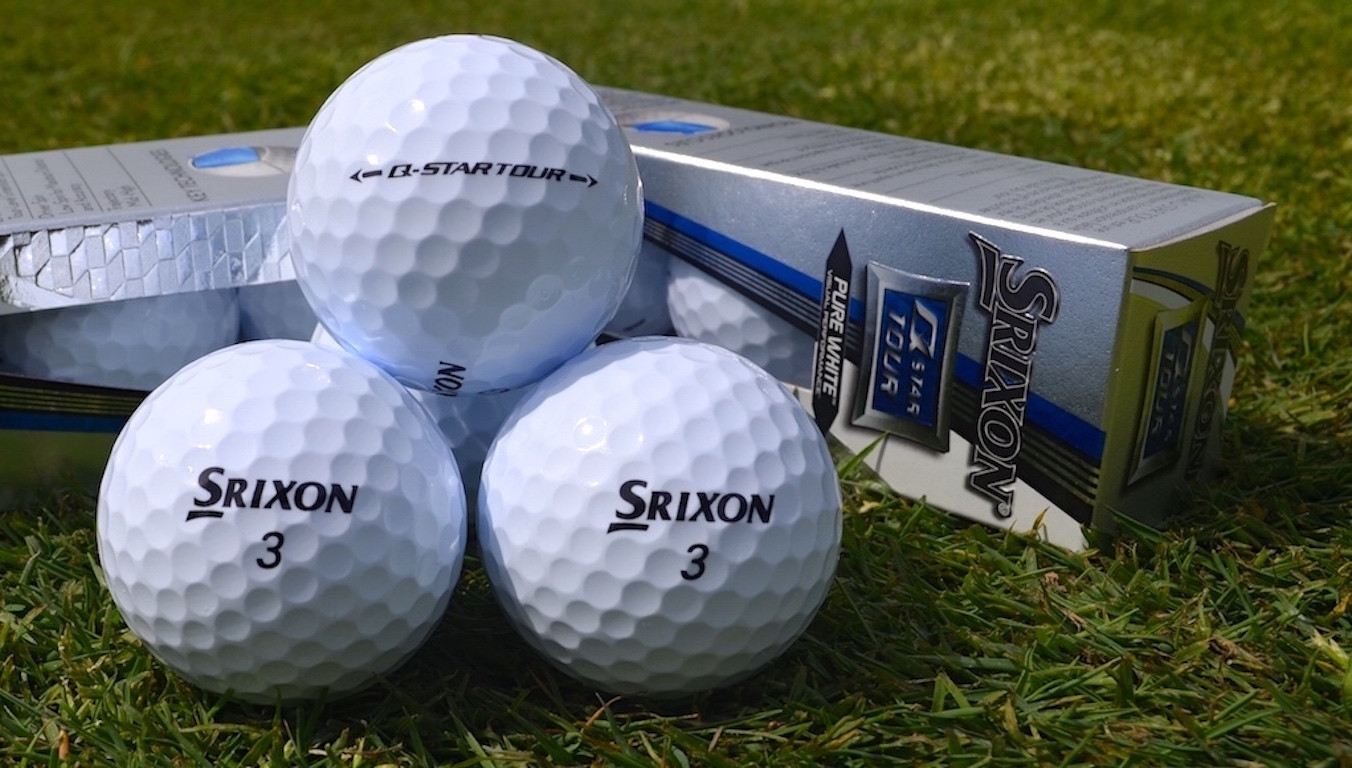A good set of golf balls and Information about golf balls is one of the most critical pieces of equipment while participating in a round of golf. Knowing how much a golf ball weighs is probably not something that many people are concerned about when it comes to teeing off. Many of the players believe the golf ball to be just something that they must use to play, and they are uninterested in learning Information about golf balls of about how it is made or what it is.
If, on the other hand, you want to get to the level of an expert player, you must be familiar with all of the Information about golf balls, including the average weight of the golf balls. Other topics you should be aware of include: the Types of golf balls today, how their weight influences performance on the greens, and so on. Please allow us to address one issue that many people have before we go into how ball weight affects the performance of different types of balls what to know about golf balls?
What Is the Weight of a Golf Ball?
If you're a golf enthusiast, you're undoubtedly aware that the typical golf ball weighs less than 46 grams, making it one of the lightest balls on the market. Put another way; ten golf balls are about equivalent to one pound. The solution to the question is straightforward. According to the official regulations of the game, golf balls should not weigh more than 1.620 oz or 45.93 grams.
Golf balls intended for use in golf clubs and competitions are tested and approved by the Royal and Ancient and the United States Golf Association, respectively. Golf balls that do not adhere to the game's rules are not permitted to be used in official tournaments.
The weight of a golf ball is required as a standard since the weight of the ball impacts a variety of elements, such as swinging. Because of the differences in weight between standard and nonstandard balls, it will be difficult for certain golfers to adjust to a ball that does not weigh as much as standard. Information about golf balls that weighs more than 45.93 grams in a game is regarded to be unlawful.
When shooting long distances, the additional weight on top of the 45.93 g is advantageous. The addition of weight elevates the ball above and above the ordinary weighing ball in performance. As a result, any heavier item will propel itself higher into the air. Extra-heavy golf balls are designated as unlawful to prevent such an unfair advantage from being gained.
Benefits
If you've ever tried to hit a Wiffle ball, you know how fast a light ball the size of a golf ball can come to a halt while it's flying through the air at high speeds. A ball with weight on it has the advantage of being able to propel through the air without being slowed down by the air resistance. For a ball to go farther, additional weight must be added, giving the extra weight an unfair advantage.
Diameter
Golf balls must have a minimum diameter of 1.68 inches, and the diameter limitations are strictly enforced, much like the weight regulations. The advantages of a smaller diameter are twofold. First, it saves space.
If you're on the green, a smaller ball will be simpler to hole out with, and although the effect may be marginal at first, with time, a smaller ball will amount to strokes saved on just-missed putts. Additionally, since the ball has a smaller surface area, it will have a lower reaction to wind resistance, resulting in increased distance.
Construction
The Information about golf balls structure and the components used to manufacture the ball are also closely scrutinized to ensure that nothing is placed into the ball that gives the player who is using it an unfair edge over the other players. Nonetheless, innovations in the ball's structure have continued legally, with the installation of multi-level cores designed to enhance both distance and control of the ball while not sacrificing too much of one for the other.
Explanation based on physical principles

Understanding golf balls physical look contributes to the game's overall personality and appeal. Some golf balls are bright colors with matte designs and finishes, while others are available in traditional hues. With colored ball golf, it's much simpler for you to monitor the ball both on the ground and as it flies in the air, which in turn allows you to play the game at a faster pace overall.
The use of brightly colored balls also enhances your ability to concentrate on the green. The matte surface also helps decrease glare from the sun, while the patterns aid in improving alignment and concentration. Branding is another physical characteristic that contributes to the personalization of a ball. Even among the most proficient golfers, personalized golf balls are a popular gift.
The balls are more visible on the greens, making it simpler to find them while looking for them. Initials, their names, and favorite sayings are the most typical things that golfers brand on their balls to make them more personal.
What Is the Importance of Golf Ball Weight?
The weight of golf balls is an essential consideration when comparing them since it contributes to their overall distance. Golf balls weighing more than 45.93 grams are prohibited from being used in professional competitions because they may provide the professional an unfair advantage when hitting the ball off the tee.
For golf balls, on the other hand, there is a minimum size requirement: the diameter of the ball. Little balls go farther while traveling at a higher rate than golf balls since they have less friction to fight with as they move. When a ball's diameter is less than 1.68 inches, it is considered forbidden to play with.

